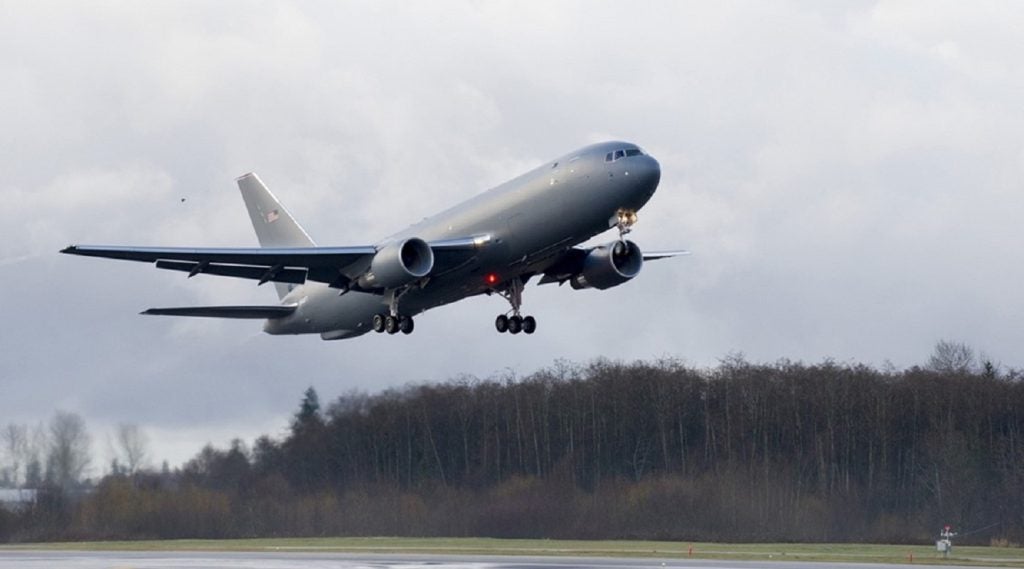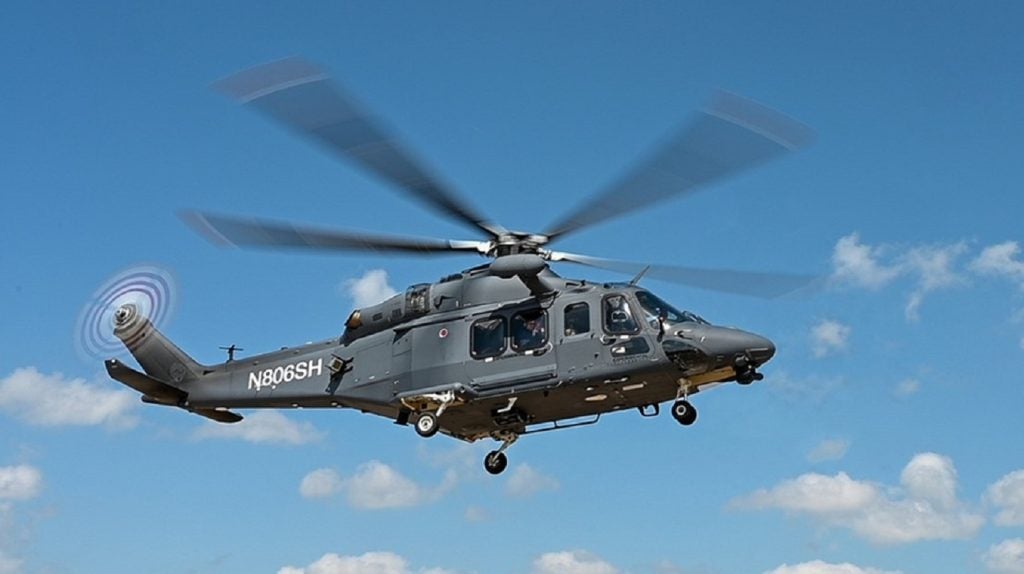The USAF’s Electronic Systems Center and Boeing have demonstrated network-centric capabilities on an airborne warning and Control systems (AWACS) test aircraft during the joint expeditionary force experiment (JEFX).
During the JEFX web applications, including chat, display capabilities and Google Earth, were used by AWACS operators to improve situational awareness and operational effectiveness.
The capabilities will use software applications to read and interpret chat text to automatically update tactical databases and result at an increased operational speed.
Boeing Airborne Warning Systems director Rick Heerdt said that for the first time, Boeing and the air force had brought together key components tested in previous experiments as a complete network-centric capability.
“These modifications, which enable more rapid and accurate sharing of data, have been integrated into the new block 40/45 mission system aboard the test system 3 AWACS aircraft,” he said.
The block 40/45, which is currently under production, is the most important upgrade of the US AWACS fleet.
How well do you really know your competitors?
Access the most comprehensive Company Profiles on the market, powered by GlobalData. Save hours of research. Gain competitive edge.

Thank you!
Your download email will arrive shortly
Not ready to buy yet? Download a free sample
We are confident about the unique quality of our Company Profiles. However, we want you to make the most beneficial decision for your business, so we offer a free sample that you can download by submitting the below form
By GlobalDataThe upgrade will introduce battle management, and command and control capability in a new open architecture mission system.
“Net-centric command and control capabilities aboard the E-3 AWACS fleet will allow more-efficient use of airborne and ground assets and give the warfighter a comprehensive picture of the battlefield, resulting in better situational awareness and enhanced decision-making,” Heerdt said.
The test began on 12 April 2010 at Nellis Air Force Base and will last for ten days.







